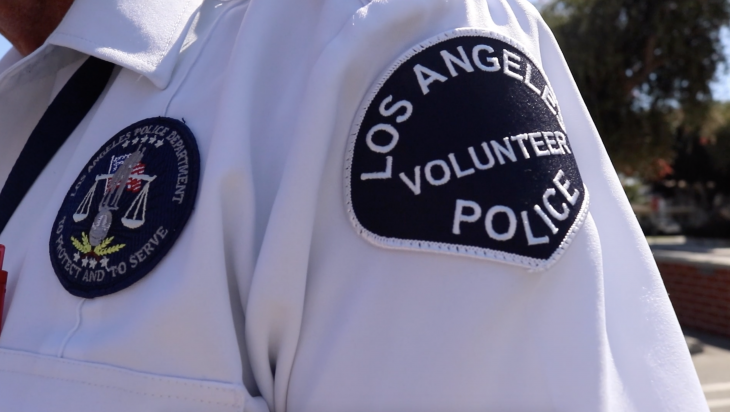What is Wage Garnishment?
Wage garnishment is an official procedure in which an employer is obliged by court order to withhold a person’s earnings to pay an obligation such as child support. The IRS forbids an employer from dismissing an employee whose earnings have been garnished for any one debt, regardless of the number of levies levied or collection processes launched. Usually, these garnishments come unexpectedly, and repayment could create problems.
Types of Garnishment
The significance of wage garnishments is ranked. An individual must settle federal obligations first unless a child support garnishment is already in effect. After all federal debt has been satisfied, state pay garnishments are issued. The main garnishments seen in the US are:
– Child Support Payments
– Student federal loans
– State Wage Suspensions
– Income Taxes in Each State
– State Income Taxes – Credit Cards and Other Debt
The IRS knows about your job and salary.
Firstly, it is essential to realize that the IRS collects data on your sources of income. For example, wage garnishments are issued by the IRS using the most recent tax year’s information obtained from your employers (through Forms W-2 and 1099). After it becomes apparent that you owe money from one of the garnishments below, the IRS will notify you up to five times.
Before garnishing your pay, the IRS typically gives you many letters.
These notices are known as the IRS collection notice stream, and they provide you various opportunities to pay your tax due or form up an arrangement with the IRS over several months. Before garnishing your income, the IRS usually gives you a Final Notice of Intent to Levy (IRS Letter LT11)
While the IRS sends a letter, your garnishment will be notified to you by your employer.
The IRS doesn’t notify you of wage garnishment but only sends out the levy notice.
How do garnishments occur?
A court will enter a judgment against you once it has determined that you owe the money. After the assessment is documented, the creditor must wait 21 days. Then it can obtain a Writ of Garnishment. This court order instructs the garnishee to return your money to the creditor. In addition, the garnishee has 14 days to send a Garnishee Disclosure to the court, the creditor, and you. The disclosure entails information on how much money the garnishee is responsible for.
After sending the disclosure, the garnishee must immediately withhold the funds from you. As a result, there is a chance you won’t be able to retrieve the money that your bank garnished. Therefore, you could not receive your entire paycheck since the bank will give a portion to your creditor. The garnishee keeps the money for 28 days and will provide the funds to your creditor if you don’t file a court protest.
Are you drowning in tax debt?
If you are drowning in tax debt, you may be able to work out unique repayment options with the IRS. The IRS has built a solid reputation over the years and appears to be relatively lenient with first-time tax violators. Furthermore, the IRS launched the ‘fresh start program,’ which allows tax debtors to set up specific payment arrangements to reduce the financial burden of their debt. However, there are stringent conditions for the fresh start program, notably after Covid-19. To apply for the fresh start program, please visit our website, and if you require specific assistance in reducing your tax burden, don’t hesitate to get in touch with one of our certified tax specialists.

























